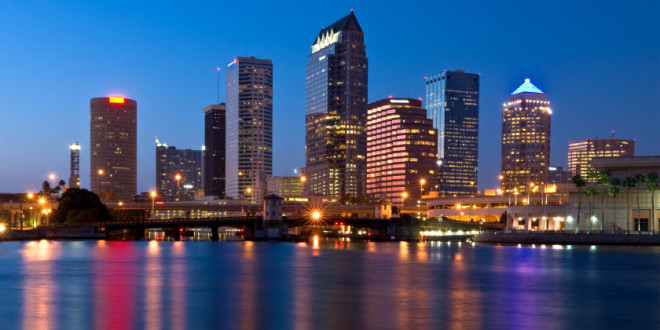When you think of resilience, you may think of bouncing back after your team loses the championship. You may also think about staying strong after losing your job. Have you considered that businesses and cities also need resilience in the face of disaster?
 The beautiful weather isn’t the only thing that made Continuity Logic move their headquarters to Tampa. They knew that Tampa was a city that already works together, so helping develop resilient businesses, and ultimately a more resilient city, was right up their alley.
The beautiful weather isn’t the only thing that made Continuity Logic move their headquarters to Tampa. They knew that Tampa was a city that already works together, so helping develop resilient businesses, and ultimately a more resilient city, was right up their alley.
Continuity Logic is doing their part to ensure that businesses across the country have a plan when things go wrong. Continuity Logic offers an easy-to-use system that serves as a central hub for business continuity, risk, and compliance initiatives. They believe that the first step towards being a resilient city is by enabling businesses that reside there to be resilient.
Resilience is defined as the, “ability to bounce back to a normal operating status after a state of crisis.” A state of crisis can be a million different things depending on the company, scope of dilemma, and the plan set in place to resolve the issue. A state of crisis can also fall upon cities and it is becoming increasingly important for businesses within the city to work together.
Overcoming the patchwork plan most businesses have in place can be tough. It involves multiple teams working independently to solve one problem. Continuity Logic steps in and is able to connect the different teams virtually on their software to protect and enhance the organization and enable a more efficient recovery. Once businesses have a solid continuity plan, they can work together to effectively manage the aftermath of a natural disaster or city fallout such as a hurricane, cyber attack, terrorism, and other disruptive events.
The qualities that define a resilient city are reflectiveness, resourcefulness, robustness, redundancy, inclusivity, integration, and flexibility. Reflectiveness and resourcefulness are all about using past experiences and recognizing alternate ways of using resources to reach a goal. Robustness and redundancy refer to conceived systems and their capacity to accommodate disruption. Inclusivity and integration relate to effective leadership and good governance. The final quality, flexibility, may be one of the most important because it stems from and directly affects the other six qualities.
These qualities, while important to cities, are also important for businesses to uphold when developing their business continuity plan.







